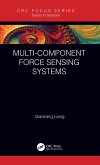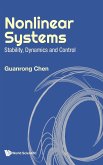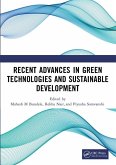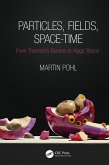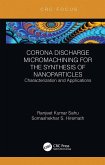Multi-Component Force Sensing Systems focuses on the design, development, decoupling, and applications of multi-component force sensing systems. Force and moment information can be used as feedback to form an automatic control system to accomplish ef¿cient manipulation. The origins of force measurement and control can be traced back to the late 1970s. Since then, multi-component F/M (force/moment) sensing systems have been widely known and intensively studied. In the past few years, force measurement practices have been signi¿cantly affected by new tools (such as digital force gauges, virtual instrumentation, high speed data acquisition systems, etc.) as well as sophisticated measurement methods such as mechano-magnetic, mechano-optical, etc. However, this is the first book to provide an overview of the topic. It will be a useful reference for students in physics and engineering working with robotic sensing systems and robotic systems, in addition to researchers and those working within industry. This work was supported in part by the National Nature Science Foundation of China (NSFC 62073129 and 61673163). Features: ¿ Explores the development of force/torque sensing systems ¿ Provides real applications of the multi-component force/torque sensing systems ¿ Contains executable code for decoupling algorithms About the Author: Qiaokang Liang is an Associate Professor with the College of Electrical and Information Engineering, Hunan University. He is currently the vice director of the Hunan Key Laboratory of Intelligent Robot Technology in Electronic Manufacturing and serving as the assistant director of the National Engineering Laboratory for Robot Vision Perception and Control. He received his Ph.D. degree in control science and engineering from the University of Science and Technology of China, Hefei, China, in 2011. His research interests include robotics and mechatronics, biomimetic sensing, advanced robot technology, and human-computer interaction.
Hinweis: Dieser Artikel kann nur an eine deutsche Lieferadresse ausgeliefert werden.
Hinweis: Dieser Artikel kann nur an eine deutsche Lieferadresse ausgeliefert werden.


